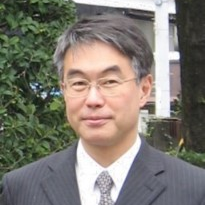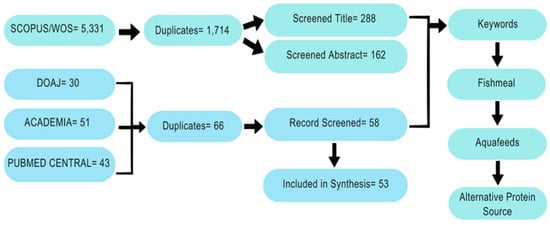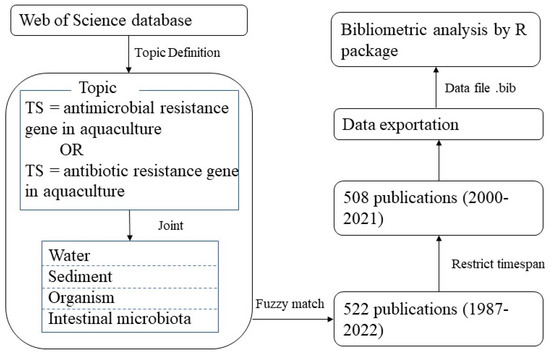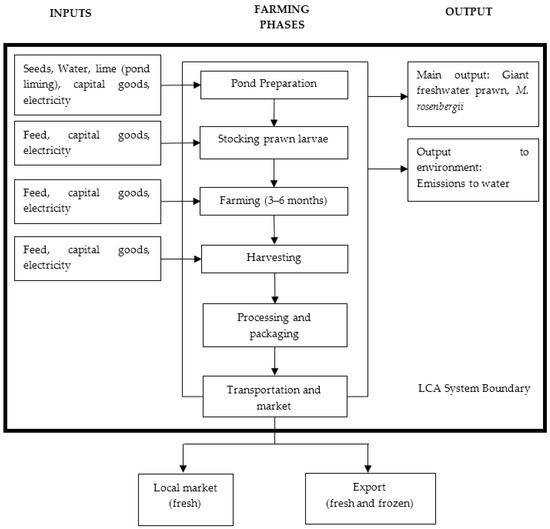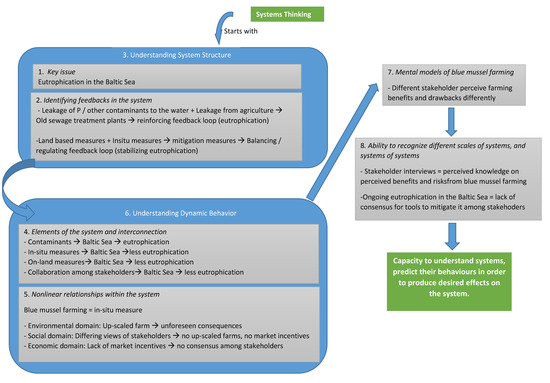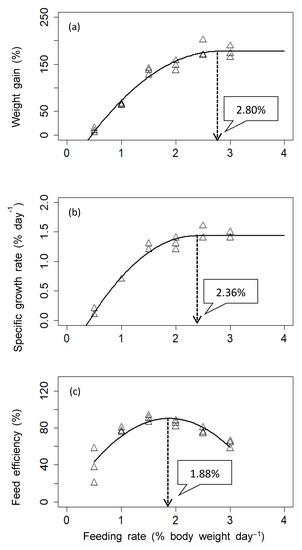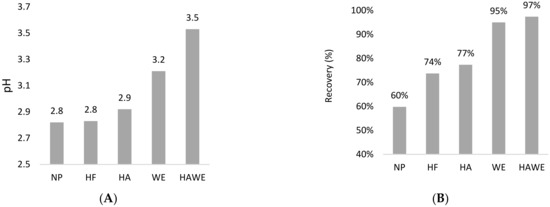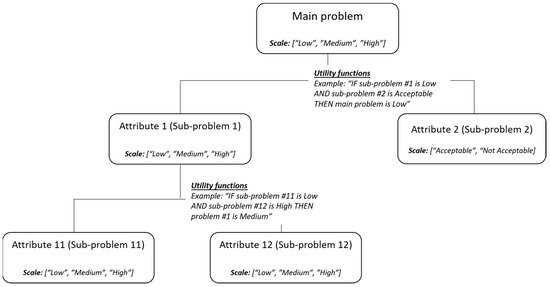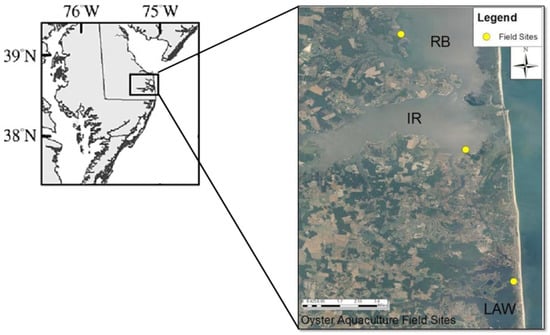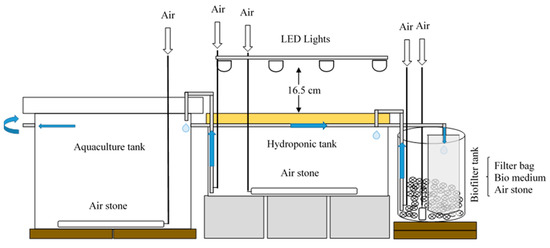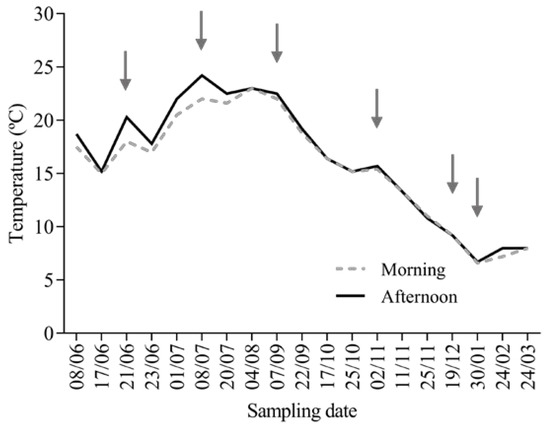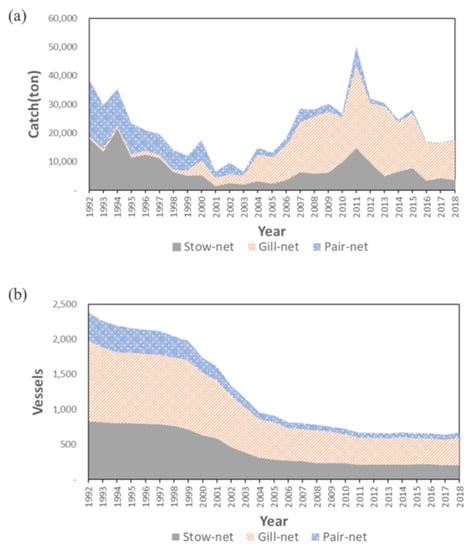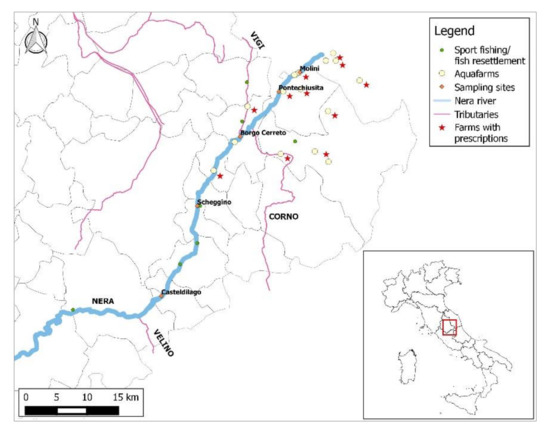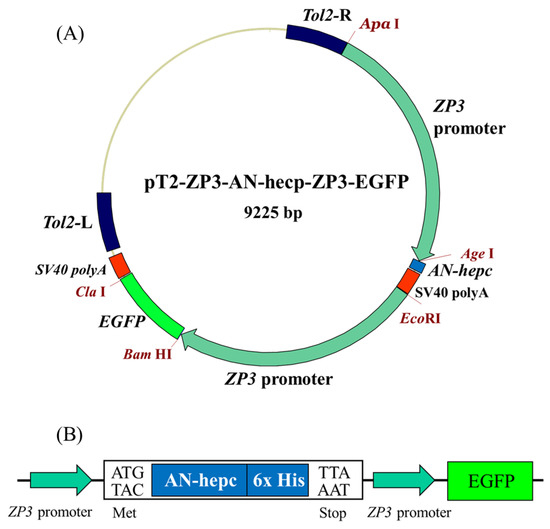Aquaculture and Environmental Impacts
A topical collection in Sustainability (ISSN 2071-1050). This collection belongs to the section "Environmental Sustainability and Applications".
Viewed by 56342Editor
Topical Collection Information
Dear Colleagues,
Aquaculture is one of the most important food production industries in the world. However, the industry itself causes a heavy impact on the aquatic environment. There are various environmental problems in the aquaculture field, such as the problem of fish meal for feed produced by natural fish; the problem of fish disease, drug administration, and the generation of drug-resistant bacteria; and the problems of the water and/or sediment contamination of the aquaculture field. The papers of this Special Issue will contribute to solving these problems. Furthermore, they will greatly contribute to the development of a sustainable aquaculture system.
Prof. Takeshi Miura
Guest Editor
Manuscript Submission Information
Manuscripts should be submitted online at www.mdpi.com by registering and logging in to this website. Once you are registered, click here to go to the submission form. Manuscripts can be submitted until the deadline. All submissions that pass pre-check are peer-reviewed. Accepted papers will be published continuously in the journal (as soon as accepted) and will be listed together on the collection website. Research articles, review articles as well as short communications are invited. For planned papers, a title and short abstract (about 100 words) can be sent to the Editorial Office for announcement on this website.
Submitted manuscripts should not have been published previously, nor be under consideration for publication elsewhere (except conference proceedings papers). All manuscripts are thoroughly refereed through a single-blind peer-review process. A guide for authors and other relevant information for submission of manuscripts is available on the Instructions for Authors page. Sustainability is an international peer-reviewed open access semimonthly journal published by MDPI.
Please visit the Instructions for Authors page before submitting a manuscript. The Article Processing Charge (APC) for publication in this open access journal is 2400 CHF (Swiss Francs). Submitted papers should be well formatted and use good English. Authors may use MDPI's English editing service prior to publication or during author revisions.
Keywords
- sustainable aquaculture
- fish meal replacement
- insects for feed
- efficient aquaculture methods
- feeding protocol
- functional material for fish feed
- remediation of aquaculture field
- efficient aquaculture based on fish physiology




